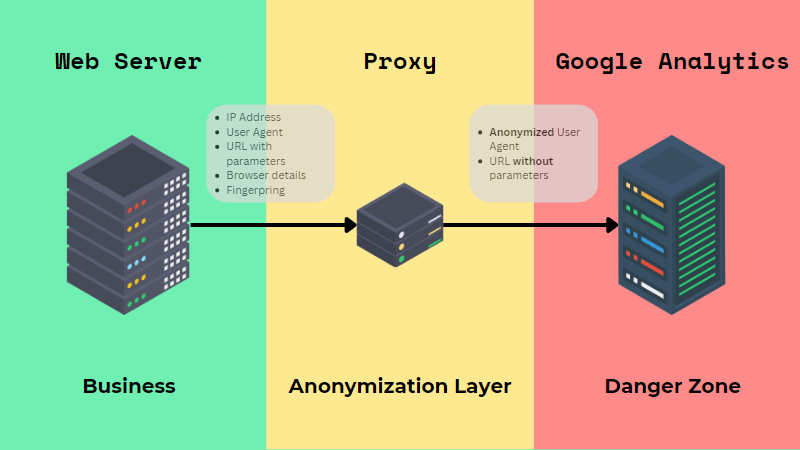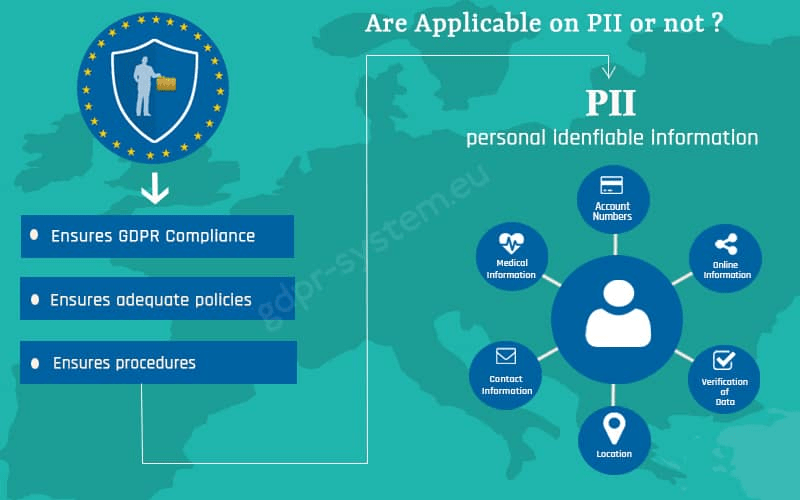Comprehensive Guide: What Data Does Google Analytics Prohibit Collecting?
Wiki Article
Comprehending the Ins and Outs of Information Collection Limitations in Google Analytics to Boost Your Insights
Navigating the landscape of data collection within Google Analytics introduces a myriad of intricacies that can significantly affect the insights stemmed from your digital analytics. As organizations significantly depend on data-driven decision-making, understanding the limitations and subtleties of information collection becomes critical. From information tasting in records to the difficulties presented by cross-domain tracking and the surge of ad blockers, each aspect adds layers of complexity to the accuracy and depth of the data available. However, the real intrigue lies in exactly how these constraints can be not only recognized but strategically maneuvered to elevate the high quality and dependability of the insights you remove from your analytics efforts.Information Experiencing in Reports
When examining information in Google Analytics, one essential facet to consider is the visibility of data sampling in records, which can impact the precision and dependability of insights stemmed from the information. Data tasting is a method used to assess a subset of data instead of the complete dataset. In Google Analytics, when the quantity of data exceeds a particular threshold, the system may consider tasting to expedite record generation. While sampling can be beneficial in minimizing processing time for huge datasets, it can likewise present mistakes in the understandings supplied.The implications of information tasting can be significant, specifically when making crucial organization decisions based upon the analytics information. Testing can bring about skewed results and false impressions, particularly in analyses calling for a granular view of individual actions or performance metrics. To reduce the effect of information sampling, it is vital to recognize when sampling happens, keep an eye on the tasting rate in reports, and think about spending in Google Analytics 360, which offers higher processing restrictions to lower the need for sampling. By recognizing information tasting in records, analysts can make more educated choices based on exact data understandings.
Cross-Domain Tracking Challenges
Cross-domain tracking presents a complex set of difficulties that can affect the accuracy and reliability of data aggregation in Google Analytics. When tracking users across multiple domains, issues can arise due to distinctions in domain name frameworks, cookie setups, and monitoring codes. One of the main challenges of cross-domain tracking is ensuring that a single customer is correctly recognized as they relocate from one domain name to one more. Without appropriate configuration, Google Analytics may analyze these communications as different sessions, causing data fragmentation and incorrect insights.Failure to apply these modifications correctly can result in data disparities and insufficient tracking, preventing the capacity to understand individual behavior perfectly across domains. Getting over these obstacles needs thorough planning, exact implementation, and constant surveillance to ensure data accuracy and obtain purposeful insights across domains in Google Analytics.
Effect of Advertisement Blockers
The prevalence of ad blockers presents substantial challenges to data collection accuracy in Google Analytics (What Data Does Google Analytics Prohibit Collecting?). Ad blockers are web browser expansions or software program that users install to stop advertisements from presenting on internet sites. These tools not only block advertisements however can likewise hinder the tracking codes utilized by Google Analytics to gather data. As a result, site owners may experience discrepancies in their analytics records, bring about inaccurate or incomplete data.
To alleviate the influence of ad blockers on data collection, web site proprietors can explore alternate monitoring approaches, such as server-side tracking or executing approval monitoring tools to encourage individuals to disable advertisement blockers on their internet sites. By proactively addressing the difficulties presented by advertisement blockers, businesses can improve the accuracy of their data collection in Google Analytics and improve their general understanding of customer actions.

Cookie Deletion Results
Regularly, cookie deletion can affect the reliability of data collected by Google Analytics, affecting the precision of site web traffic analysis. Cookies are tiny pieces of information important source kept on a customer's gadget that help track their online actions. When individuals delete cookies, it can interrupt the monitoring process, bring about spaces in information collection. This can result in manipulated analytics reports, as returning site visitors might be counted as new ones after cookie deletion. If a considerable number of users frequently remove cookies, it can make it challenging to track individual trips accurately and comprehend their communications with the website. Consequently, organizations may make decisions based upon insufficient or incorrect information, affecting their advertising and marketing methods and general performance analysis. To minimize the impacts of cookie deletion, it is necessary to complement cookie-based data with other monitoring approaches, such as server-side monitoring or incorporating first-party data sources, to guarantee a much more thorough understanding of user behavior.Information Personal Privacy Laws
In light of raising issues bordering information privacy and security, businesses making use of Google Analytics should stick to strict information personal privacy policies to make certain compliance and guard individual details. GDPR mandates that organizations acquire specific permission from customers before gathering and processing their personal information.Aside From GDPR, there are various other information privacy laws like the California Consumer Personal Privacy Act (CCPA) and the ePrivacy Instruction that companies require to consider when utilizing Google Analytics. These laws aim to secure user data and provide people much more control over exactly how their details is gathered and made use of. By understanding and abiding with these information privacy policies, services can construct trust with their individuals and show a dedication to data security and personal privacy.
Verdict
To conclude, comprehending here are the findings the constraints of data collection in Google Analytics is crucial for improving insights. Data tasting in reports, cross-domain tracking obstacles, the impact of ad blockers, cookie deletion impacts, and information personal privacy laws all contribute in the accuracy and completeness of the data collected. By being conscious of these restrictions and discovering methods to alleviate them, services can guarantee they are making educated choices based on trustworthy information.When assessing information in Google Analytics, one critical facet to consider is the visibility of information tasting in records, which can influence the precision and integrity of understandings obtained from the information. To alleviate the impacts of cookie deletion, it is vital to match cookie-based data with various other monitoring approaches, such as server-side monitoring or incorporating first-party information resources, to make sure a much more detailed understanding of user habits.

Data sampling in reports, cross-domain tracking challenges, the impact of advertisement blockers, cookie deletion results, and information personal privacy policies all play a role in the accuracy and efficiency of the data collected.
Report this wiki page